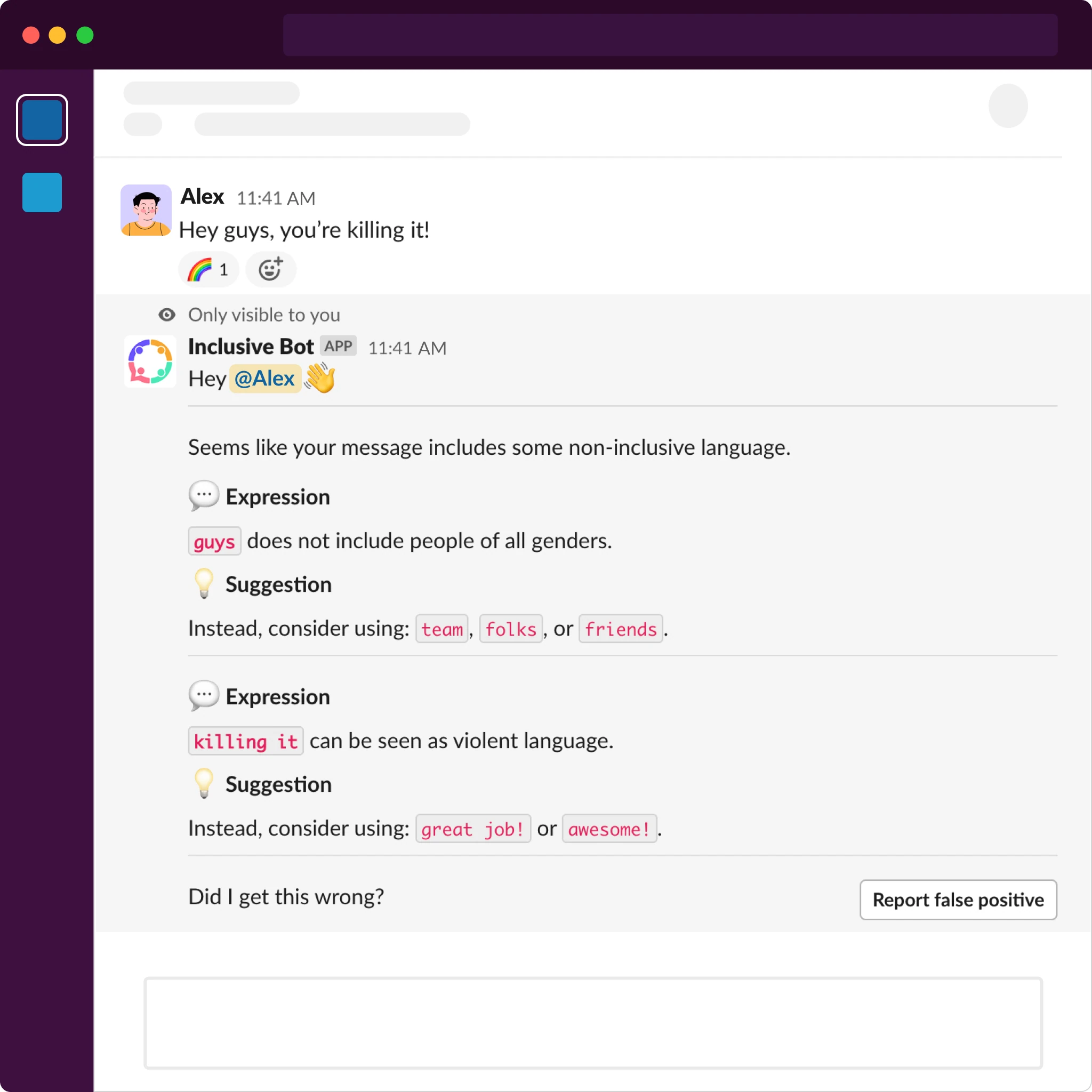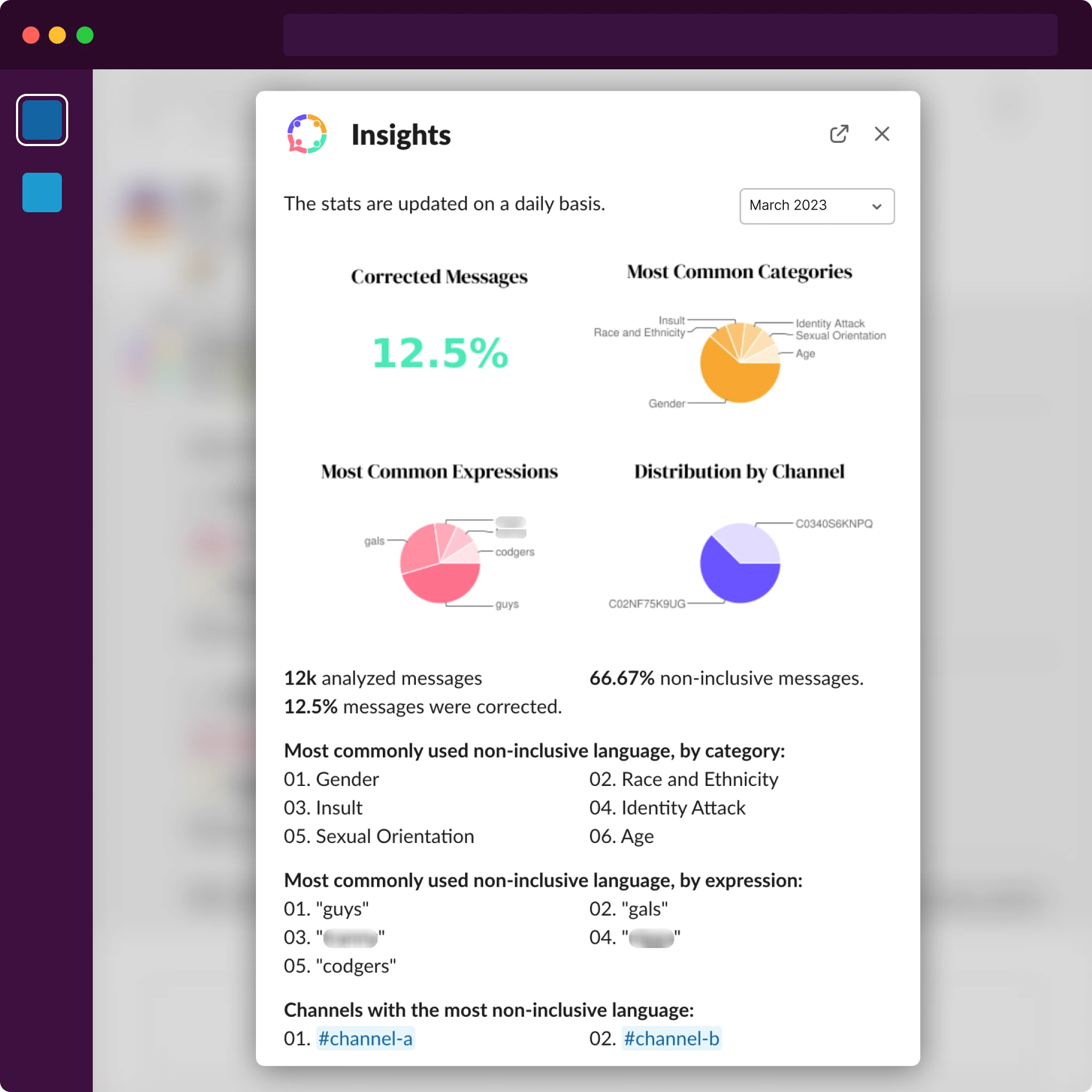Apr 15 2023

Inclusive Language: The What, Why and How
Language plays a vital role in our everyday communication, and the way we use it can shape our perceptions and attitudes towards different groups of people. Inclusive language is a term that has gained popularity in recent years, especially in social justice circles, and it refers to the use of language that avoids marginalizing or excluding groups of people based on their gender, race, ethnicity, sexuality, ability, religion, or any other characteristic. In this article, we will explore what inclusive language means, why it matters, and how we can use it in our daily communication.
What is Inclusive Language?
Inclusive language is language that is respectful and sensitive to diversity, promoting equality, and avoiding the use of words or phrases that can offend, stereotype or exclude particular groups of people. Inclusive language acknowledges that different people have different identities, experiences, and perspectives, and it seeks to create an environment of mutual respect and acceptance.
Inclusive language includes the use of gender-neutral language, such as the singular they or using terms like “spouse” instead of “husband” or “wife,” to avoid assuming someone's gender identity or sexual orientation. It also involves avoiding using ableist language, such as “crazy” or “insane,” which can be hurtful to people with mental health conditions. Additionally, inclusive language is mindful of the words we use to describe different races, ethnicities, and religions, and it seeks to avoid stereotypes and derogatory language.
Why Does Inclusive Language Matter?
Inclusive language matters because it can make a significant difference in how people feel about themselves and others. Language has the power to reinforce stereotypes and perpetuate discrimination, and it can also be used to promote understanding, respect, and acceptance. Using inclusive language can create a safe and welcoming environment for everyone, regardless of their identity, and it can help to promote equality and social justice.
Inclusive language also matters because it can impact our communication and relationships with others. When we use language that is insensitive or exclusionary, we risk creating barriers to effective communication and limiting our ability to connect with others. Inclusive language can help to foster a sense of community and belonging, and it can make it easier to establish trust and build relationships with others.
Tips for Using Inclusive Language:
Use Gender-Neutral Language:
Using gender-neutral language is an important aspect of inclusive language. One way to do this is by using the singular they instead of he or she when referring to someone whose gender identity is unknown or non-binary. Additionally, using terms like “partner” or “spouse” instead of “husband” or “wife” can avoid making assumptions about someone's sexual orientation or gender identity.
Be Mindful of Ableist Language:
Ableist language can be hurtful to people with disabilities or mental health conditions, and it can reinforce negative stereotypes. Using language that is respectful and sensitive to these issues is essential. For example, instead of saying “crazy” or “insane,” consider using more neutral language like “unusual” or “unexpected.”
Avoid Stereotyping:
Stereotyping is a form of discrimination that can be perpetuated through language. Using language that reinforces stereotypes can be hurtful and damaging. Instead, use language that is respectful and avoids assumptions about people based on their race, ethnicity, religion, or any other characteristic.
Use Inclusive Pronouns:
Using inclusive pronouns like “they/them/theirs” can help to create a more inclusive environment for people who identify as non-binary or gender non-conforming. Additionally, using pronouns that someone has specified can help to show respect and validate their identity.
Consider the Impact of Your Words:
The impact of your words can be significant, so it's important to be mindful of the language you use and how it might affect others. Consider the context in which you are speaking or writing and think about how your words might be perceived by different people. If you're not sure if a particular word or phrase is appropriate, ask someone for feedback or do some research to learn more about the issue.
Use People-First Language:
People-first language is a way of putting the person before the disability or condition they may have. For example, instead of saying “disabled person,” say “person with a disability.” This puts the emphasis on the person rather than their condition, and it shows respect for their identity.
Respect Cultural and Religious Differences:
Inclusive language also involves being respectful of different cultures and religions. Avoid using derogatory language or making assumptions about people based on their cultural or religious background. Instead, take the time to learn about different cultures and religions and show respect for their beliefs and practices.
Examples of Inclusive Language:
Here are some examples of inclusive language that you can use in your everyday communication:
- Instead of saying “he” or “she,” use “they” or “them” when referring to someone whose gender identity is unknown or non-binary.
- Instead of saying “mentally ill,” say “person with a mental health condition.”
- Instead of saying “wheelchair-bound,” say “person who uses a wheelchair.”
- Instead of saying “illegal alien,” say “undocumented immigrant.”
- Instead of saying “white privilege,” say “systemic advantages for white people.”
Not only in daily life but also in the workplace it’s important to use inclusive language. To stimulate that, use an inclusive language app such as Inclusive Bot. The Slack app identifies when you use non-inclusive language and directly suggests alternatives that you can use instead.
Conclusion
Inclusive language is an important aspect of creating a friendly and safe workspace. By being mindful of the language we use and the impact it can have on others, we can create a more welcoming and inclusive environment for everyone. Whether you're speaking or writing, it's important to use respectful, sensitive language that avoids stereotypes and exclusionary language.


